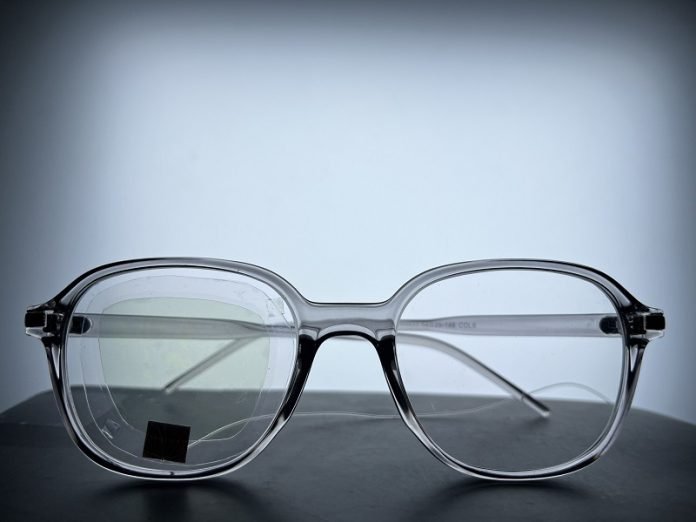
Imagine if your glasses could sense when you blink without even touching your skin.
Researchers have created a soft, flexible film that can do just that.
This new technology, designed to detect the presence of nearby objects, could revolutionize how smart devices work.
Traditionally, non-contact sensors measure or identify objects without touching them. Examples include infrared thermometers and car sensors that alert drivers to nearby obstacles.
One common type of non-contact sensor uses static electricity to detect closeness and small movements.
However, these sensors have limitations, such as only detecting certain objects, losing their charge quickly, and being hard to make.
A team of researchers, including Xunlin Qiu, Yiming Wang, and Fuzhen Xuan, set out to solve these problems.
They developed a flexible sensor that uses static electricity more effectively.
Their sensor is made of three layers: the top layer is fluorinated ethylene propylene (FEP), a type of plastic that holds an electric charge; the middle layer is an electrically conductive film; and the bottom layer is a flexible plastic base.
FEP is known as an electret, a material that produces an electrostatic field, similar to how a magnet creates a magnetic field.
The researchers charged the FEP-based sensor, preparing it for use. As objects approach the sensor, their static charge causes an electrical current to flow, allowing the sensor to “feel” the object without contact.
This clear and flexible sensor can detect objects made of various materials, such as glass, rubber, aluminum, and paper, from 2 to 20 millimeters away (less than an inch). Impressively, the sensor maintained its charge through over 3,000 cycles of objects approaching and withdrawing, lasting nearly two hours.
To showcase their new film, the researchers attached it to the inside of an eyeglass lens. When someone wore these glasses, the sensor detected the approach of their eyelashes and could identify blinks.
The wearer could even blink in Morse code to spell out “E C U S T,” the abbreviation for the researchers’ institution.
This innovative technology has exciting potential. In the future, these non-contact sensors could help people who can’t speak or use sign language communicate. They might also detect drowsiness in drivers, enhancing road safety.
This breakthrough in sensor technology shows how advancements in materials science can lead to practical applications that improve our daily lives.



